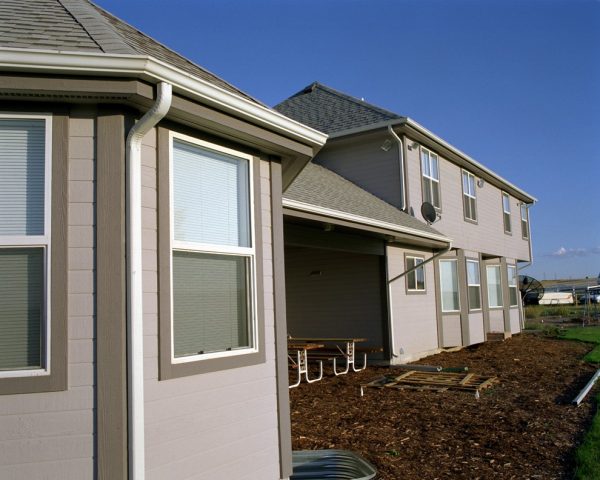Have you ever thought about alternative ways to heat your home? Of course, there are the basic methods that you may be familiar with; forced air heat, hot water, electric baseboards, and wood burning stoves- to name a few that we Minnesotans love. But, have you ever thought about heating your home with dirt? Yes, that is what geothermal heating entails. However, to be a geothermal supporter, you must first understand what geothermal is.
The inside of the earth remains at a fairly constant temperature year-round. Geothermal energy is thermal energy generated and stored in the earth from this constant temperature. The earth’s internal heat is stored in the earth’s crust (or in the dirt). We can take this heat and power warmth into our homes through the following process.
Plastic tubing made from polyethylene (also known as HDPE) is layered into the ground in vertical loops and buried. A liquid solution (glycol antifreeze) is inside the tubing. This glycol in heated from the earth’s internal energy and pumped inside the home into the heat pump (the electrical appliance that is able to extract the energy from the liquid solution and convert it into heating or cooling for your home). In the winter, the heat pump extracts the heat from the earth to warm your home, and in the summer, it pushes heat into the comparatively cool earth to cool your home.
So, now that we know more about the system itself, what are the benefits of using such a system?
Instead of using gas (which is a substance that can be depleted) the geothermal system uses a small amount of electricity to convert the earth’s energy into heat. You get a lot of heat for a little cost- about $6 back for every $1 invested in the system. As a result, payback from the purchase of such a system can be complete in as little as 4-8 years. Even better, if proper maintenance and annual checks are completed on the system, the average life expectancy of such a system can be 16-18 years!
So, what about the drawbacks of such a system?
It can be argued that geothermal systems are expensive (some systems can be $20,000 or more) and not for the thrifty. However, it should be noted that government mandates, as well as federal, state and local energy companies can help offset the initial costs through rebates and potential tax breaks (depending on your state; check the energy.gov website for details).
When using a resource that is constant and available, we help decrease our impact on the environment by reducing our reliance on oil, gas and coal. Geothermal systems also do not emit carbon dioxide, carbon monoxide, or other greenhouse gases that we are constantly trying to reduce.
To learn more, check out our green living articles on geothermal.


